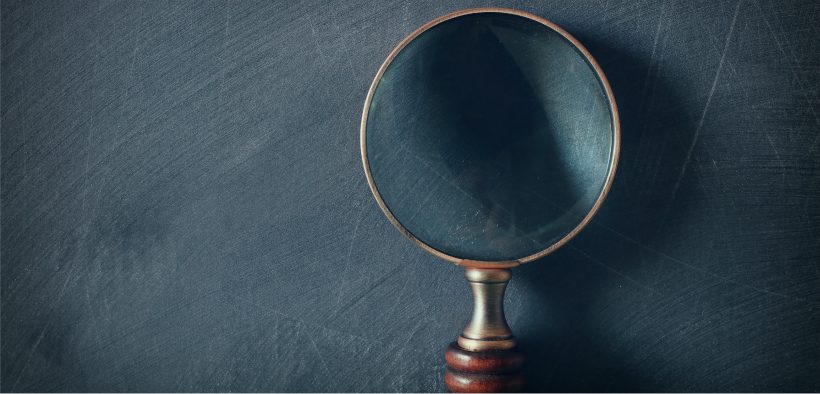Are we as objective as we should be about the new teaching techniques we try? The argument that we aren’t, usually put to us by researchers, goes something like this: We read, hear about, or otherwise discover a new technique. It could be a strategy or a different approach. Maybe it addresses a problem; it might develop a skill. Whatever the criteria, the new technique strikes us as a good idea. It seems doable—something we can pull off and something likely to work with our students. More directly: we like the new techniques that we decide to try.
Related Articles
I have two loves: teaching and learning. Although I love them for different reasons, I’ve been passionate about...
Active learning is a mostly meaningless educational buzzword. It’s a feel-good, intuitively popular term that indicates concern for...
Perhaps the earliest introduction a student has with a course is the syllabus as it’s generally the first...
Generative AI allows instructors to create interactive, self-directed review activities for their courses. The beauty of these activities...
I’ve often felt that a teacher’s life is suspended, Janus-like, between past experiences and future hopes; it’s only...
I teach first-year writing at a small liberal arts college, and on the first day of class, I...
Proponents of rubrics champion them as a means of ensuring consistency in grading, not only between students within...









